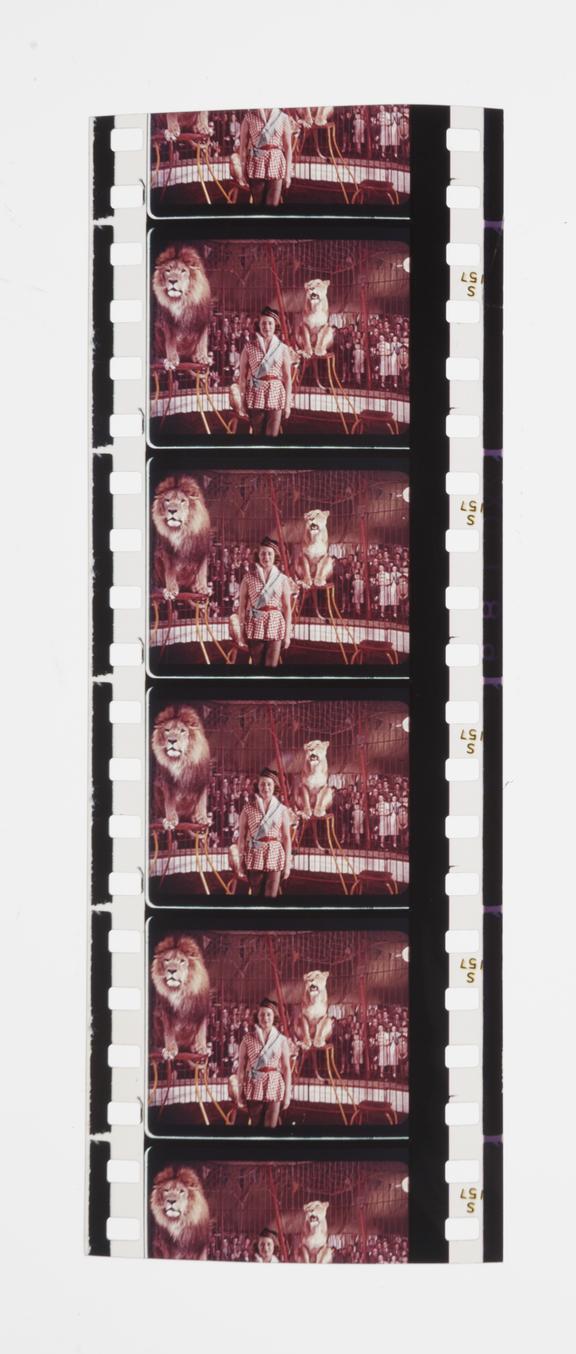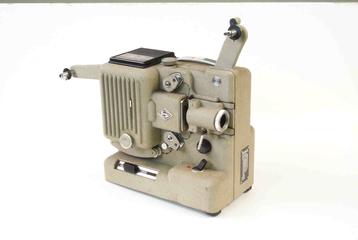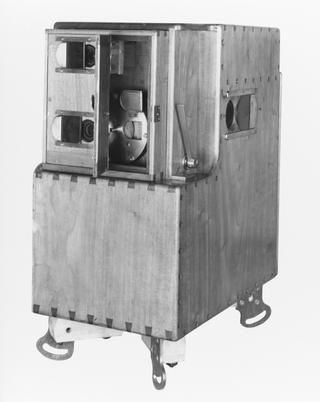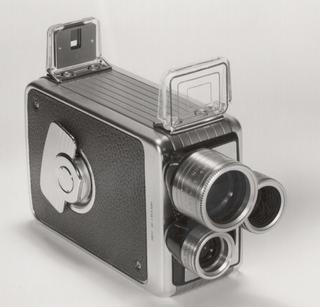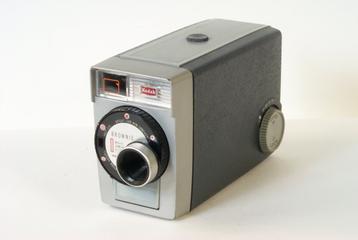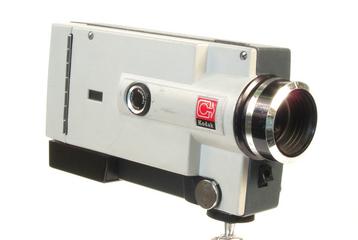Example of the Travelling Matte Process
6 full and two half film frames demonstrating the Rank Travelling Matte process as used for the film 'The Admirable Crichton', 1968.
More
The Rank Travelling Matte process enabled separate foreground and background shots to be combined both in colour and in black and white and was acknowledged to be superior to rival American processes. The travelling matte process was widely used in film making and was an important technique in special effects.
One of the most frequently employed illusions in film production is that in which a shot of an actor filmed in a studio is married with a background taken elsewhere. There are two main ways of achieving this – either the actor is photographed simultaneously with the background image back- or front-projected, or the actor is filmed in front of a blue or green background and ‘travelling mattes’, or masks that precisely match the actor’s silhouette as they move, are created by the laboratory. The mattes are used when the foreground and background negatives are printed together on the print stock to produce a combined print. One matte masks off the background on the negative of the actor and the other masks off the actor on the background negative.
However, the best system of creating mattes (which must be extremely accurate to avoid producing fringing around the actor which reveals the technique) was to use a ‘multi-film’ system that made the matte at the same time that the foreground action is photographed. This required a camera with a beam-splitting mechanism, which divided the light so that identical images were transmitted to two separate film gates. The camera was loaded with two different films, one to record the foreground action, the other to record the matte. The Rank Organization developed three such high precision cameras for use at Pinewood Studios in the 1950s.



